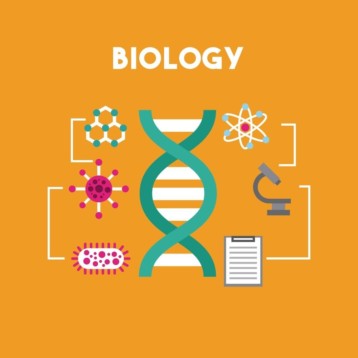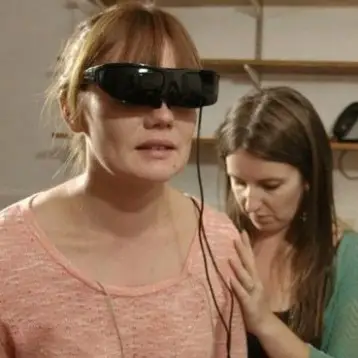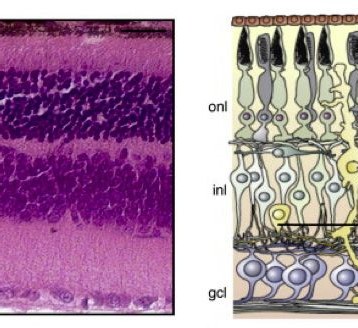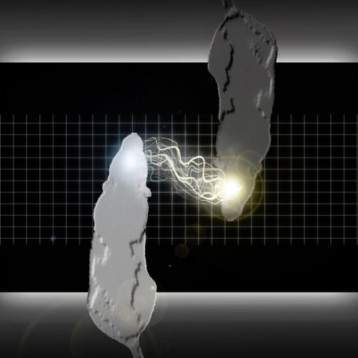|
To study how the brain represents the color of objects, the researchers used a technique called binocular rivalry. The technique presents a different image to each eye and thus pits signals from the right eye against signals from the left. In the research, it was proven that the representation of colors is made in the neural system, and not in the sensory system, as previously believed.
These findings are reported in a paper, “Color-Binding Errors During Rivalrous Suppression of Form,” in the current issue of Psychological Science. Wook Hong, who received his Ph.D. at the University of Chicago, has collaborated with Steven Shevell, a psychologist who specializes on color and vision to conduct this research. A graphical explanation of the processes involved can be seen in this YouTube video.
In order to explain the differentiation of visionary elements we could use a moving car as an example; it is perceived as having a particular color, shape and velocity. These different features – color, size and velocity – are not subject to conscious effort, according to the researchers. “The knitting together, or what can be called ‘neural gluing,’ of all those different features so we see a unified object, is a complex function done by the brain,” explains Shevell. “Our research focused on how the brain does that.”
As part of their research, the researchers have showed subjects vertically oriented green stripes in the left eye and a horizontally oriented set of red stripes in the right eye. According to Shevell, “The brain cannot fuse them in a way that makes sense. So the brain sees only horizontal or vertical.” For the study’s purpose, the researchers developed a new form of binocular rivalry, which allowed the horizontal pattern to be suppressed – without eliminating its red color, which continued on to the brain.
“The brain has difficulty integrating the two eyes’ incompatible signals. When the signals from the two eyes are different enough, the brain resolves the conflicting information by suppressing the information from one of the eyes,” Shevell explained. “We exploited this feature of the brain with a method that caused the shape from one eye to be suppressed but not its color.”
The result was disoriented information: both the red and green colors reach consciousness, but with only the one vertical pattern; it means that one object was perceived, but with two colors. The surprising result was that the disembodied red, which originated from the unseen horizontal pattern in one eye, glued itself to parts of the consciously seen vertical pattern from the other eye. Therefore, the idea of neural binding (also called ‘neural gluing’) was proved. Hence, the conclusion is that color is connected objects in an active neural process, and not during via the sensory elements (the eyes).
TFOT has also covered a new method that allows looking into the eyes of the dead and determining when they were born, and the CLASS Project, which could help computers to visually recognize specific objects. Another related TFOT story is the IBM ‘Cat Brain’ Project, designated to create electronic circuits that mimic the brain.
For more information about the brain’s perception of colors, see University of Chicago’s website.










